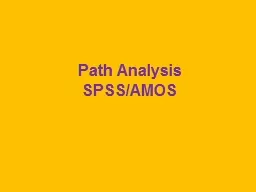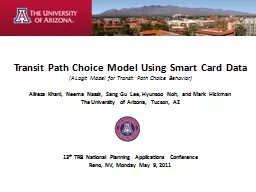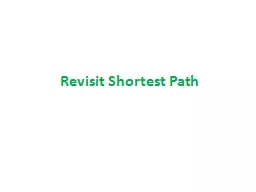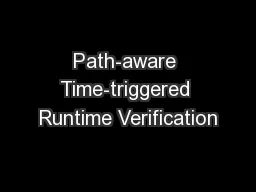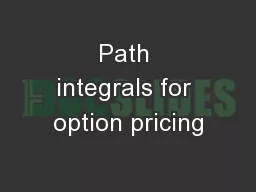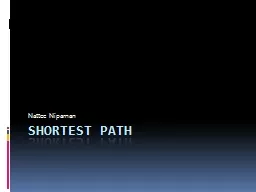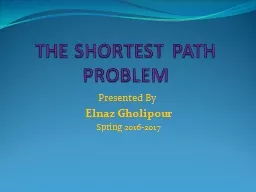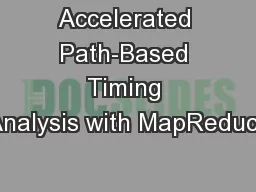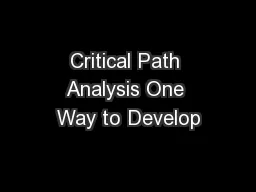PPT-Path Analysis
Author : min-jolicoeur | Published Date : 2017-04-04
SPSSAMOS Theory of Planned Behavior ZeroOrder Correlations PATH INGRAMsav data file from SPSS data page Attitude SubNorm PBC Intent Behavior Attitude 1000
Presentation Embed Code
Download Presentation
Download Presentation The PPT/PDF document "Path Analysis" is the property of its rightful owner. Permission is granted to download and print the materials on this website for personal, non-commercial use only, and to display it on your personal computer provided you do not modify the materials and that you retain all copyright notices contained in the materials. By downloading content from our website, you accept the terms of this agreement.
Path Analysis: Transcript
Download Rules Of Document
"Path Analysis"The content belongs to its owner. You may download and print it for personal use, without modification, and keep all copyright notices. By downloading, you agree to these terms.
Related Documents

